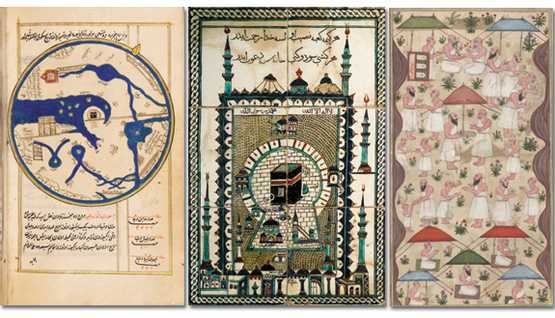(Video) ‘Valley of the Wolves – Palestine’ tells story of Turkish agent’s revenge campaign against IDF soldiers following takeover of Gaza-bound flotilla. Turkey’s most expensive production yet slated to be major box office hit
Eldad Beck
Published: 11.09.10, 20:03 / Israel News

VIDEO – The already tense relations between Israel and Turkey are about to get even more strained. Turkish TV stations and cinemas have began showing trailers of a violent, anti-Israel film focusing on a fictitious Turkish revenge campaign in response to the killing of nine flotilla activists by the IDF last May.
The film, “Valley of the Wolves – Palestine” will be released in January 28. It is being promoted as an anti-Zionist feature which is meant to raise awareness to “the Palestinians’ terrible suffering” and shows Israel as a bloodthirsty regime. The $10 million production is the most expensive film ever made in Turkey.
Initial Report
Next Turkish blockbuster revisits Marmara / Ynet
New film in ‘Valley of the Wolves’ series tells of secret agent out to avenge deaths of Turkish civilians
Full story
The film’s trailer shows a Turkish secret agent brutally murdering IDF soldiers in an attempt to take out the Israeli officer who planned the raid on the Marmara and oversaw it. Israelis are depicted as a nation of murderers seeking to build “greater Israel” on the bodies of Palestinians.
The film is the third is a series of features considered to be the Arab world’s answer to “Rambo.” The series is abundant in nationalistic-racist violent content and is directed against Turkey’s enemies – The Kurds, Jews and Americans.
The first installment, “Valley of the Wolves – Iraq,” was released four years ago and sparked outrage in the Jewish world. It depicted Jewish doctors harvesting the organs of Iraqis and transferring them to Israel for transplants. The series’ films, which are hugely popular in Turkey, are based on a television series which has already prompted a crisis in Israel-Turkish relations.
‘Valley of the Wolves – Palestine’ trailer
Last January, Israel summoned the Turkish ambassador to Israel for a reprimand after Ankara refused to remove the series from the air. Deputy Foreign Minister Daniel Ayalon met with the ambassador who was seated in a lower chair in a humiliating gesture.
Murdering IDF soldiers
Production on “Valley of the Wolves – Palestine” began before May’s raid on the Turkish flotilla. The screenwriters used the incident to their advantage and incorporated it into their story.
The film presents the Turkish version of the deadly raid, showing Marmara passengers fleeing as IDF soldiers shoot at them and emerge unharmed. The hero, former Turkish special agent Polat Alemdar embarks on a revenge campaign after the raid in order to kill the Israeli commander who oversaw the operation, Moshe Ben-Eliezer.
Alemdar is seen murdering dozens of Israeli soldiers, who are showed abusing innocent Palestinians, throughout the film. In one of the scenes, the Turkish agent discovers how “Moshe burns down villages and kills children.”
In the film’s website, the producers noted that the feature will “turn the world’s attention to Palestine, where people are facing one of humanity’s biggest dramas.”
“Our hero acts for the rights of the oppressed,” director Zübeyr Sasmaz said. “We’re talking about things people don’t want to hear,” his brother, Necati Şaşmaz who stars in the film, said. “Up until now we have seen only Western heroes such as Rambo and James Bond. For the first time in the history of cinema there is an undefeatable protagonist from the Middle East.”
The trailer has already received enthusiastic responses from viewers in various websites, including YouTube. One talkbacker commented: “The Israelis will flip when this is made. Let the Jewish dogs die. I bless whoever made this film. Israel will pay for it. It is a murderer.”
The film has been widely covered by the Turkish media, as well as by international press. Al Jazeera and various German media outlets have been covering the production and have aired several pieces on it.
Like its predecessors, the film is slated to be a huge success at the box office.
Aviel Magnezi contributed to this report
via Marmara raid – the Turkish version – Israel News, Ynetnews.





